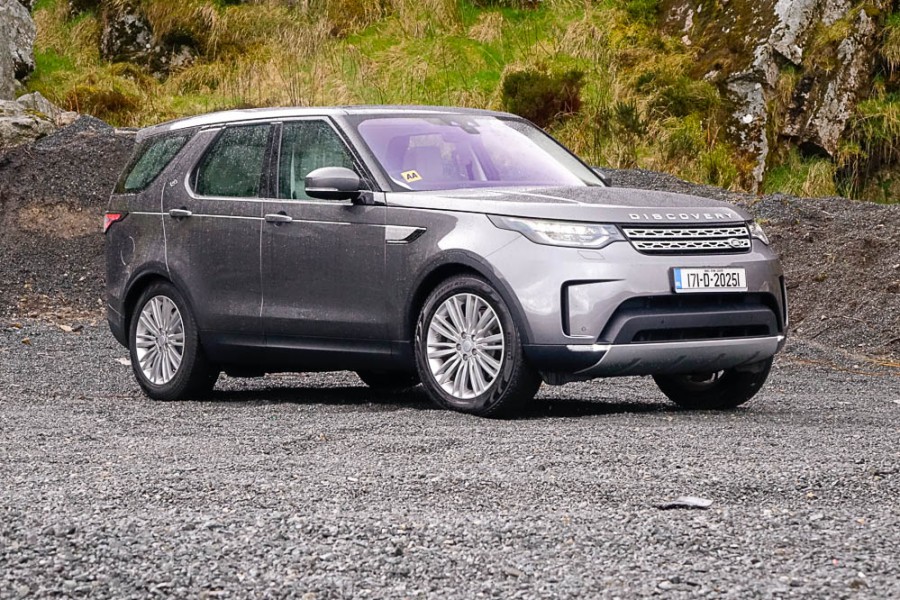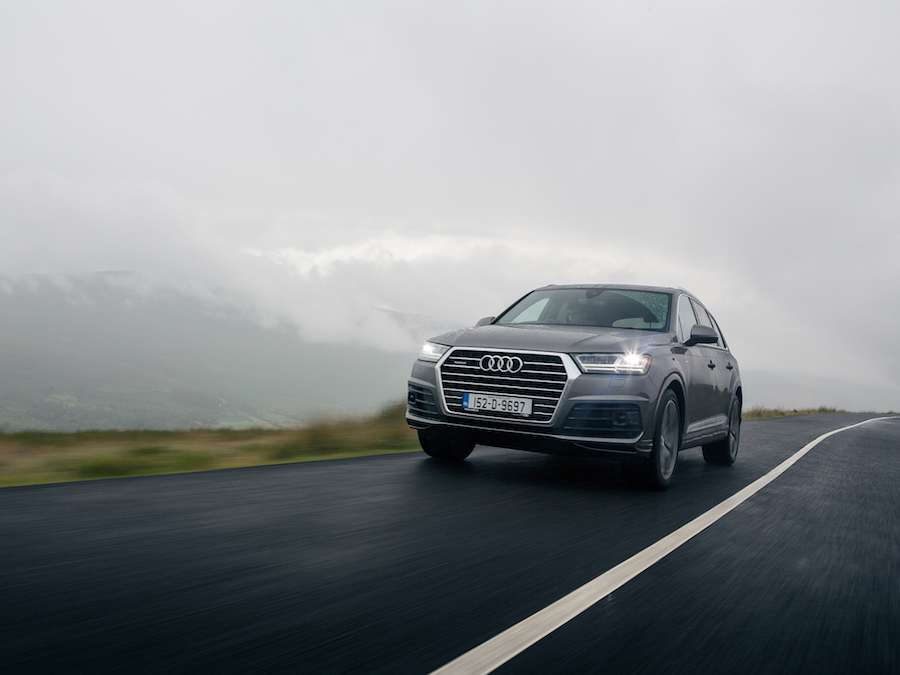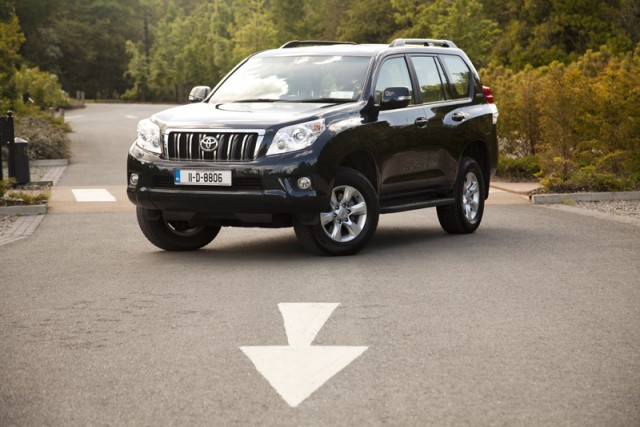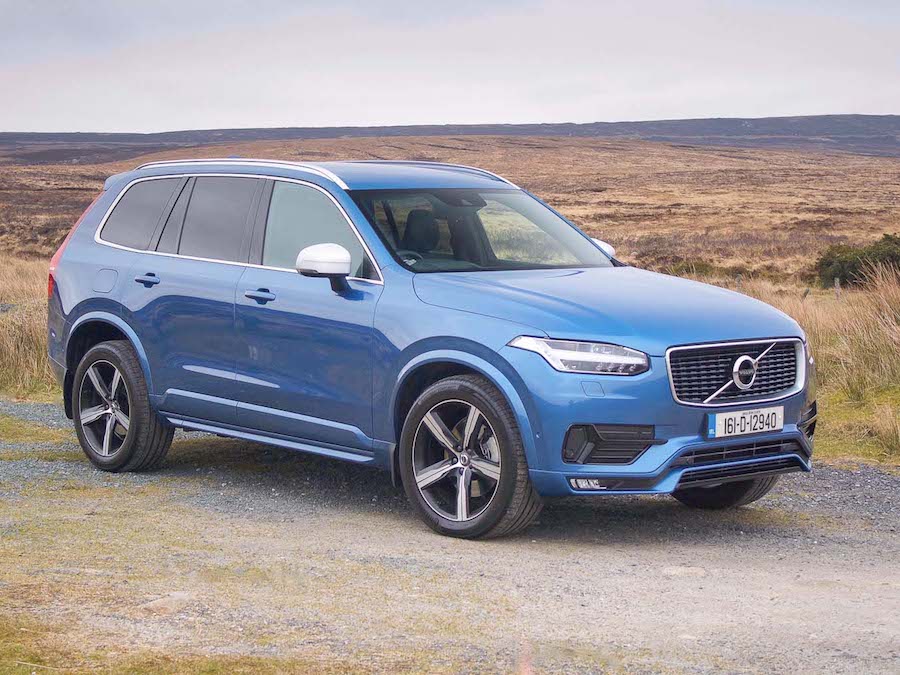Good: comfort, handling, versatility, space, quality, improvement in CO2
Not so good: still big, heavy, thirsty and now expensive too
I think we have now officially entered the second age of Land Rover. With the demise of the Defender (sniffle), the last direct link back to the 1948 Series I is gone, and with it the need for a Land Rover to be half-car, half-agricultural vehicle. The change is obvious when you look at the Range Rover line-up, with their body jewellery and sheer desirability. Land Rover may give these cars the ability to climb mountains and ford streams, but the fact is that they are now luxury cars, not utility vehicles.
What we come to now is the transformation of the rest of the Land Rover range. A new Defender, its mechanical and stylistic hard points still rather vague, is due shortly, but in perhaps the most shocking development yet in Land Rover model history, the new Discovery has become a Range Rover.
Perhaps it should not be such a shock - after all, the original Series I Discovery of 1988 was effectively a re-bodied Range Rover, right down to the iconic 3.5-litre V8 engine, but the upwards shuffle of the new Discovery Series V into full-on luxury territory will come as something of an eye-opener for fans of the pleasingly utilitarian Series III. True, the Series IV Discovery (a heavily facelifted Series III) received an injection of extra luxury and comfort, but it was essentially as Discoveries had always been - boxy, upright, full of seats, full of space, with the ability to drive up Mount Fuji as if it were a speed bump.
For this new Discovery, much has changed. The heavy old steel chassis that the previous model rode on has been binned and replaced by an aluminium-intensive structure, closely related to that of the Range Rover Sport, which has seen the Discovery's kerb weight fall by as much as 480kg - or half a Fiesta. That's significant, as it brings down the car's CO2 emissions to the point where, for some models, the cost of annual road tax has effectively been cut in half. It also means that Land Rover can now use its four-cylinder Ingenium 2.0-litre diesel engine in a car once exclusively the preserve of V6 and V8 powerplants, which adds to its environmental performance and reduces costs. Hence, a basic 180hp five-seat Discovery can be bought for just under €58,000. When you consider that that is the cost of a mid-spec executive saloon, and consider how much extra utility and off-road, foul-weather ability the Discovery possesses, that's quite the bargain.
We've already tested (and I do mean tested) the Discovery off-road in both the muddy mountains of Scotland and the dusty wastes of Utah, so there's no point in re-hashing it's rock-climbing prowess here, other than to say that it is easily one of the easiest vehicles ever in which to attack terrain that would have all but a rugged few cars waving a white flag of surrender. Here though is our first opportunity to try out a Discovery on Irish roads.
Let's start with the engine. The Sd4 moniker denotes twin-turbos, 240hp and 500Nm of torque, figures that eclipse the old TDV6 engine and, when allied to the Discovery's lower weight, should bring a little more sparkle to the performance. The Discovery uses the familiar eight-speed ZF automatic gearbox, which remains close to peerless and, of course, drives all four wheels permanently, with the optional off-road equipment kit adding two automatic locking differentials for extreme mud-plugging.
Off the line, the four-cylinder Disco feels reasonably lively, but a combination of weight (it does still have 2.2 tonnes to lug around) and aero performance (in spite of obvious attempts to make the car much more slippery) means that, once you've reached cruising speed, the engine doesn't have much left to give. Press the throttle hard at motorway speeds and the Discovery responds languidly, adding numbers to the digital speedo, but not with any sense of vigour. Low-down response is good, though, so the Discovery feels sprightly in exactly the place where you probably shouldn't be driving it - town. It is still quite thirsty though. Land Rover says you can get 44mpg out of it, but over a week of mixed driving, we could do no better than 31mpg - better than the old Discovery, but hardly in keeping with the environmental zeitgeist.
Size wise, this is a very big car, measuring a fraction under five metres long and 1,846mm tall with the air suspension locked onto its lowest setting. The styling team, led by Land Rover's Gerry McGovern, have actually done a remarkable job of disguising the Disco's bulk, and from about 10 metres away you'd swear it was no bigger than a mid-size Discovery Sport, so its true heft only becomes apparent when you're standing right next to it. That said, it's actually very manoeuvrable, with lots of steering lock and the usual Land Rover 'Command' driving position giving you excellent visibility (although it's easy to 'lose' a cyclist or pedestrian in the shadow of that hefty A-pillar). Even tight multi-storey car parks don't hold any fears for the Discovery driver, and that's without the optional surround-view camera system.
Out on the open road, the Discovery is little short of brilliant. On the motorway, it cruises in effortless silence. Memory says that the Discovery IV was a little quieter still, but that may be the sound-dampening effect of a heavy steel shell compared to an aluminium one. Even so, the new Discovery is remarkably refined and silent, and the Ingenium four-cylinder engine is, here, the quietest we've ever found it to be.
The Discovery shines again in an area where you don't expect it to. The old model was a willing, if sluggish and top-heavy, performer on a twisting road, but this fifth-generation model is revelatory. The steering is quite slow-geared, but it's incredibly smooth and accurate, not least by Land Rover's traditional standard, and there's even a modicum of feel and feedback. Yes, it rolls when cornering (come on, of course it does...), but the body's movements on the air suspension are well controlled and it never lurches. It's even fun in the corners. You can fling the Discovery into a turn at surprisingly high speeds, and then just use the long-geared steering to keep adding lock to fight the inevitable understeer, coming out the other side in far better shape than you'd imagine. It's not as sharp as a Range Rover Sport, but it's astonishingly good.
The cabin is, I would say, Land Rover's best effort since the L322 Range Rover of 2002. It keeps much of the styling and all of the components of the Range Rover Sport, but it manages to look a little less plain than the Sport's inside, and touches such as the un-varnished wood trim and orange highlights in the leather look great. Quality seems very high too, so hopefully Land Rover has at last tackled its old reliability issues.
The space on offer is just fantastic. There's stretching room in the middle row of seats, even for tall adults, and while it's a shame that there isn't the three individual rear seats of the old Disco, there's still a lot back there for families to love. Three child car seats will easily fit, and the views out through the big windows are excellent. In the boot, the third row of seats (which, on our test car, fold and unfold electrically, as does the middle row) has sufficient leg- and headroom for adults, even on a long journey. Boot space is a little hard to judge, as Land Rover, unlike most rivals, quotes the volume when loaded to the roof, not the window line. A volume of 1,200-odd litres is lots though, and it must surely be at least 750 litres up to the windows. The little fold-down flap that acts as a load protector or a seat (it can hold up to 300kg) is a partial replacement for the old split-tailgate, but perhaps a little less charming.
Unfortunately, a little less charming is probably a good summation of the styling. The new Discovery isn't ugly by any means, but it's very hefty of chin and bulky of rear, and in trying to be (a) more aerodynamic and (b) follow the styling template set down by the smaller Discovery Sport, it occasionally looks a little awkward. It also continues Gerry McGovern's irritating practice of adding unnecessary 'jewellery' to what should be a purely functional car. Previously it was the fake (!) air vents on the Range Rover, now it's the asymmetric line across the Discovery's boot, meant to evoke the lines of the old split-tailgate on what is now a one-piece lid. Why? Surely a Discovery should be free of such fripperies. Parking next to a gently muddy Series IV model in a local car park just emphasised how hard the new Discovery is trying compared to the simple, upright, blocky utilitarianism of old.
With that Grinch-y thought in mind, though, it's hard to conclude other than that the new Discovery is a fantastically well thought out vehicle. It can still walk the off-road walk, and for those who live in one of Ireland's many flood plains, its standard wading depth is now a whopping 900mm. It's still versatile and useful in its seven-seat interior, and practical beyond the ken of most conventional cars. It really has become a Range Rover in all but name, though. The soothing and expensive looking interior. The refinement. The handling. The price tag, in spite of the cut in price of the most basic models - our test car clocked in at close to €80k, which is pricey in anyone's book.
I think there's a sense in which I don't love the new Discovery as much as I did the old one, with its upright, simple, hard-working nature. But there's also a sense in which I can't think of a car that can perform as many differing tasks as well as this one does. It's a remarkable creation.
























































